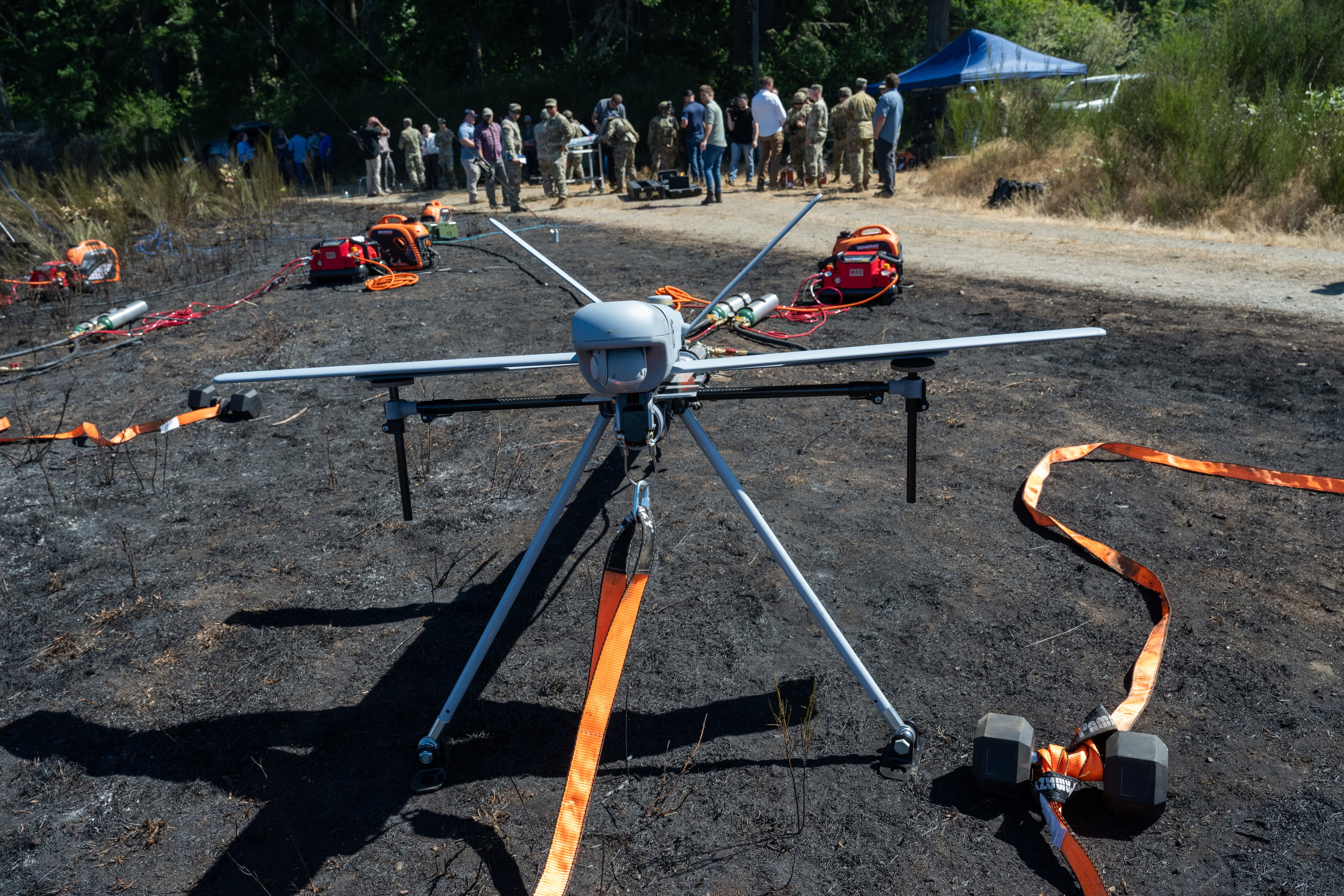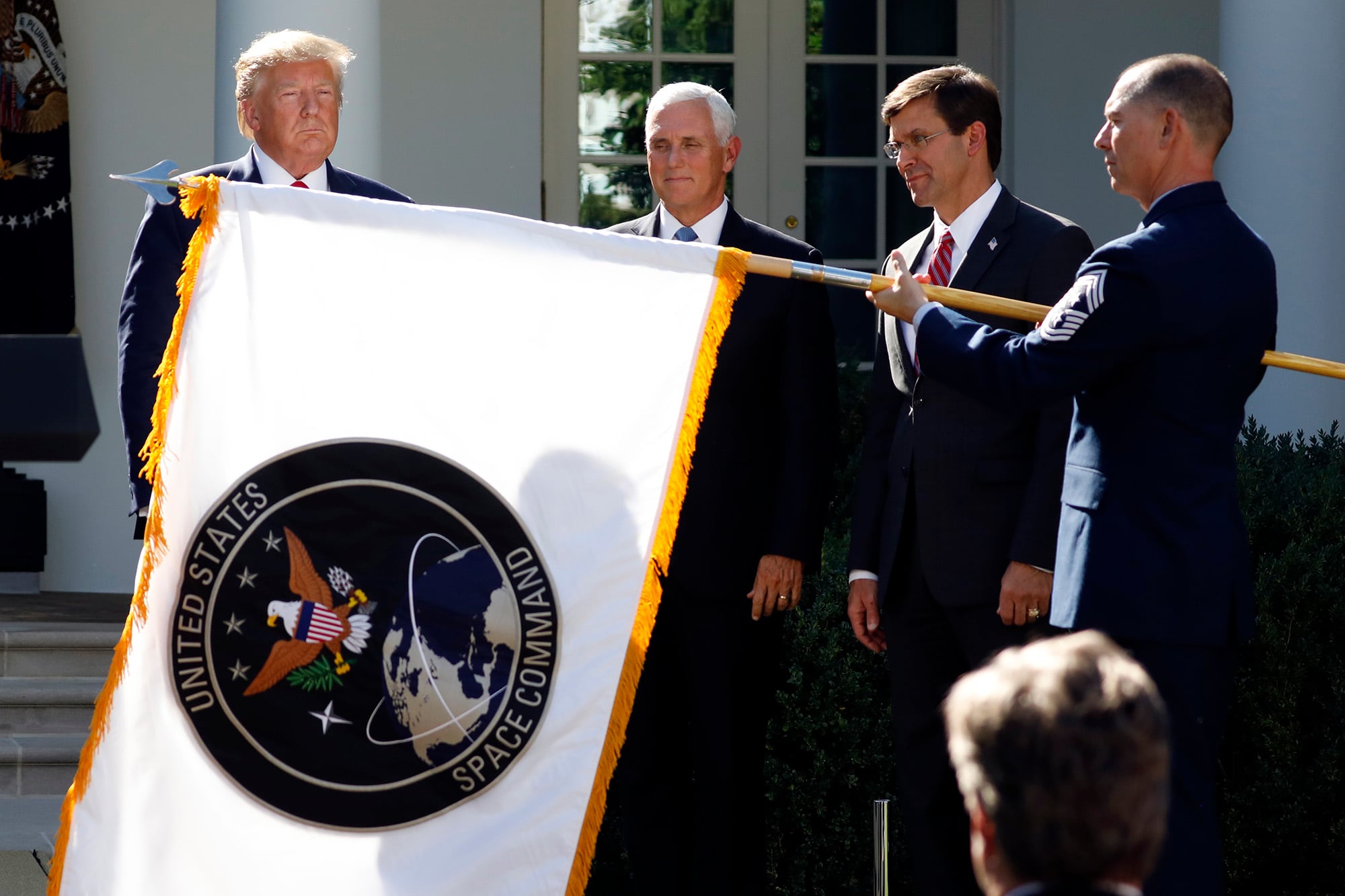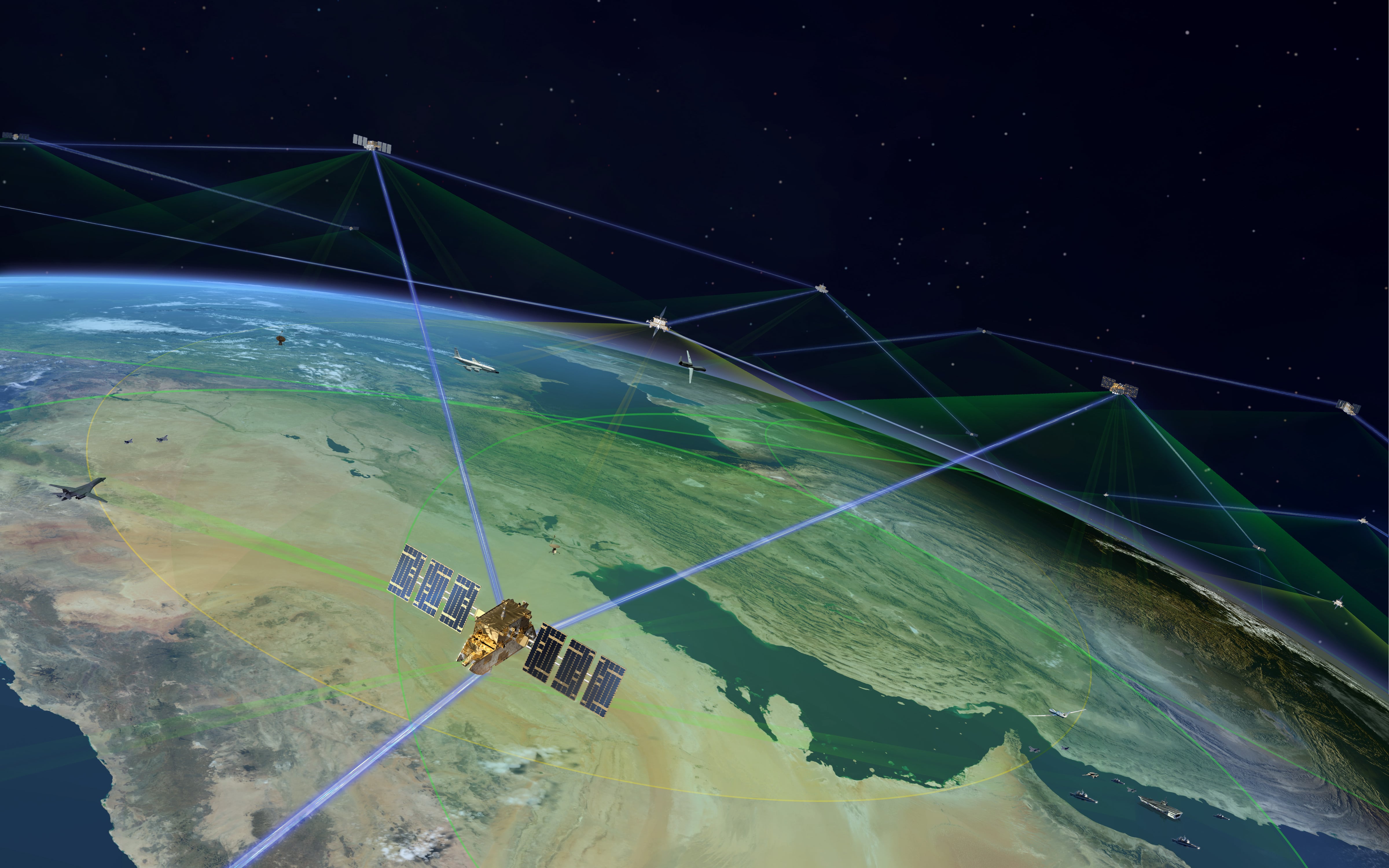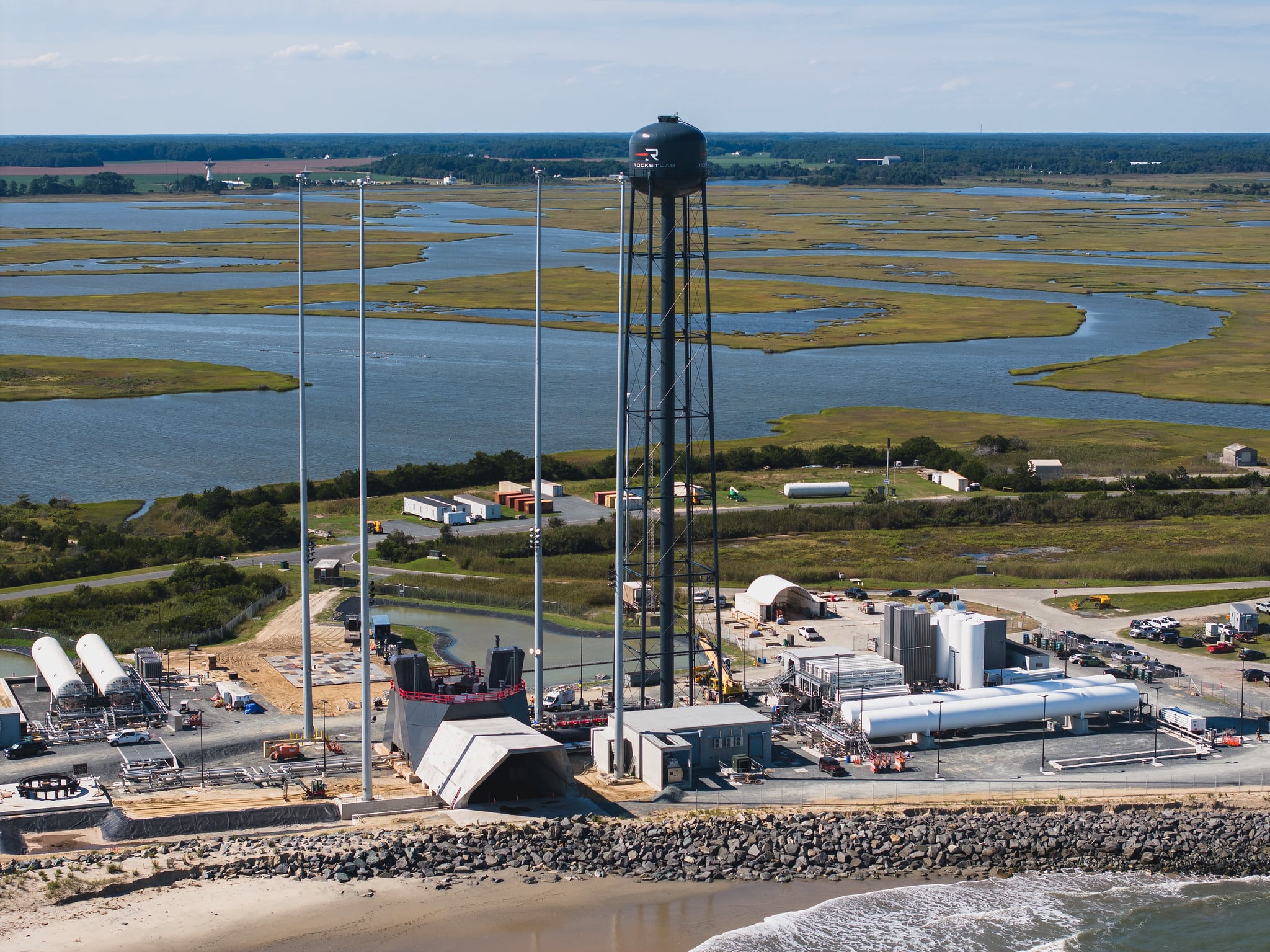With the emergence of what Secretary of Defense Ash Carter has called a full-spectrum fight, or conflict with a "high-end enemy," the Department of Defense writ large and the Air Force especially are trying to adjust from the counterterrorism/counterinsurgency fight of the last 15 years to meet these new challenges while not neglecting these initiatives.
Some within the Air Force, such as Brig. Gen. Tom Geary, the assistant deputy chief of staff for intelligence, surveillance and reconnaissance for the service, have called for a rebalance as it applies to ISR. Following 9/11, "wow, did we advance ISR capabilities … but it’s been focused on counterterrorism and [counterinsurgency] COIN. And when you think about the counterterrorism and COIN fight, certainly we let some of our skill sets atrophy — and so I think about a big challenge we have is rebalancing our focus to a multi-domain environment that’s air, space and cyber, but not just for … CT/COIN. We have to work across the spectrum, CT, all the way to what we call the [anti-access/area denial] A2/AD," Geary said during the 2016 Intelligence and National Security Summit.
The difficulty for much of the military is a large percentage joined the armed forces after 9/11, meaning all they know is the counterterrorism fight.
"When you think about our airman today, probably about 80 percent of our airman came on active duty after 9/11. And their fight that they know has been CT/COIN type," Geary said. "As we look at that, we look at targeting, we look at analysis, and even though we’ve done targeting and analysis and done it well, it’s been [high-value-individual] HVI focused. … But there are near-peer competitors out there, regional actors out there as well as non-state actors. And so we need to be able to run the gambit. And especially for targeting, we’ve revamped our targeting forces."
"For the last 25 years, really since the [Berlin] Wall came down and certainly in the last 15 since 9/11, we’ve focused our efforts on the Middle East primarily against non-state insurgent networks and in many ways have transformed how we exploit air and space," Jeff Newell, the Air Force's director of strategy, concepts and assessments and deputy chief of staff for strategic plans and requirements, said during an April event hosted by the Mitchell Institute for Aerospace Studies.
An Air Force spokeswoman told C4ISRNET via email that although "ISR Airmen have excelled in supporting Counter-Terrorism for the last 15 years … the truth is that we face enterprise-wide obstacles to achieving ISR agility that is postured for a highly contested environment comprised of increasing data and operational velocity."
The spokeswoman also pointed to "the preponderance of our capability being airborne platforms that operate in permissive environments"; the Air Force is looking into stand-off capabilities for multi-domain, all-source, agile collection against near-peer adversaries.
Space and cyber capabilities are currently not integrated, the spokeswoman continued, adding that this effort is underway. The emergence — and strong reliance — of new domains of warfare, which was something that was not necessarily a concern in combating technologically inferior terrorist organizations, has begun to drive the need for what many have described as multidomain command and control.
This involves seamless command and control across the three main operational domains the Air Force operates — air, space and cyber.
The Air Force needs to think about targeting in air, space and cyber, Geary said. Analytics will be a strong component of evolving targeting, he added, noting that "as we talk about data and cloud structure, our analysts spend more time looking at the data versus time spent analyzing the data." The force must look at automation capabilities to allow the analysts to do really do their job, which is analysis, he said.
"To be successful, we’ve really got to step towards fully integrated, a fused, a fifth-generation level of war fighting that integrates all of our capabilities from all three domains — air, space, cyber — to include joint and ally capabilities to the point of attack," Maj. Gen. Thomas Deale, director of operations at Air Combat Command, saidat the Air Force Association’s Air, Space and Cyber Conference in September.
Within the multidomain command and control construct, some have described the need to string together multiple observe, orient, decide, act (OODA) loops to ensure mission success.
"As recently as Operation Iraqi Freedom in 2003, a standard 72-hour air tasking order (ATO) cycle consisted of multiple ISR platforms and exploitation units collecting (the OODA Loop’s observe leg), an air intelligence squadron analyzing (orient), and a combined forces air component commander receiving vital intelligence for C2 (decide) and then using this information to order target solutions (act)," Maj. Gen. VeraLinn "Dash" Jamieson, deputy commander for Joint Functional Component Command for ISR at Strategic Command, wrote in a paperpublished by the Mitchell Institute. "However, the advent of ISR operations within multiple domains, along with the growing capability of the Air Force Distributed Common Ground System (AF-DCGS) weapon system architecture, increased space-based surveillance, and unprecedented cyber and signals intelligence (SIGINT) capabilities now mean multiple OODA loops are a fixture of modern war."
Under previous constructs, the side with the fastest OODA loop usually prevails in conflict. However, in future conflicts, in which multiple OODA loops will occur simultaneously across different domains, command and control nodes, and mission sets, Jamieson wrote that the side with the fastest OODA loop might not be the victor. Rather, the side that can "harness the power of multiple OODA loops, utilize the vast amounts of data in them, and provide enhanced battlefield situational awareness — all fused into decision-making analysis — to achieve multi-domain freedom of action" will come out on top.
According to Air Combat Command Commander Gen. Herbert "Hawk" Carlisle, the Air Force has to continue adapting to global threats generating capability — similar to the aggressive efforts after 9/11 to build an impressive command and control and ISR architecture.
"Having said that, at the same time we have an increasingly aggressive [People’s Republic of China] PRC, we have a belligerent Russia, we have a North Korea that is less predictable and we have an Iran situation where they continue to promote nuclear weapons," he told C4ISRNET on the sidelines of the Air, Space and Cyber Conference, noting the force must continue the counterterrorism fight as well.
"We think high-end ISR and the ability to do full-spectrum combat ops is incredibly important. The challenge is that we need the resources," Carlisle continued. "So right now we’re having to make decisions between do we do the permissive ISR that we do today in support of the counterterrorism fight or do we do high-end ISR, and we need to be able to do both."
Resources the force has invested in include fifth-generation platforms. "Our fifth generation weapon systems are the eyes, ears, and teeth of war today, and likely for tomorrow’s conflicts. They act as a fusion hub by integrating legacy systems, C2, air and space sensors, strike elements, cyber capabilities, and near real-time ISR feeds across domains," Jamieson’s paper read. "These fusion warfare capabilities strengthen a mission mindset at the operational level that is focused on delivering simultaneous effects at a much faster pace, and providing decision-quality analysis earlier than the traditional ATO construct."
Jamieson’s paper noted that the military must ask itself certain questions going forward to better hone in on success such as: "Do we need a geospatial analyst in my unit? Do we need SIGINT analysts, electronic intelligence analysts, cyber analysts, electronic attack experts, or do we need these Airmen in a new federated organization? What training do we need to understand the EM spectrum and to conduct advanced analysis? What equipment do we need to ensure we can access, integrate, and share data across communities (e.g., ISR, C2, air superiority, global precision attack, personnel recovery) in multiple domains?"
Part of this future will involve better interoperability with the intelligence community, the paper noted.
Some of the tough decisions Carlisle mentioned surround around the need for dual ISR-strike capabilities. "We’ve got to strike that balance to make sure that we retain the combat power in order to be effective in phase three of the operations," Deale told C4ISRNET. "What I don’t want to do is drive our force to the point where we’ll be able to see the adversary in real time and in color HD but not have any strike capacity in order to affect it. We’ve got to maintain that strike capacity."
These include unmanned systems such as the MQ-1 Predator and MQ-9 Reaper, but also fifth-generation platforms such as the F-22 and F-35.
Mark Pomerleau is a reporter for C4ISRNET, covering information warfare and cyberspace.








